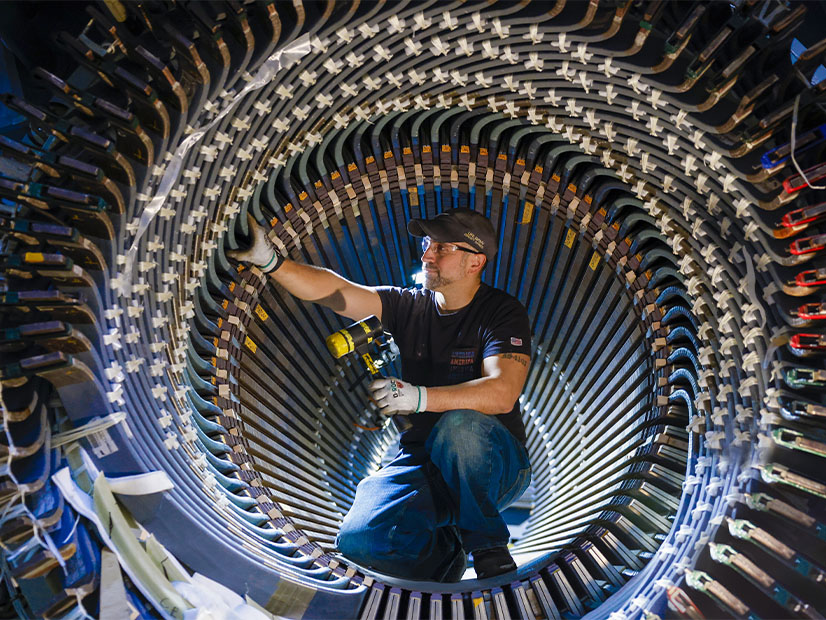NextEra Energy reported solid quarterly earnings July 24, and its renewables business turned in its second-best quarter ever, signing agreements for more than 3 GW of new renewables and storage.
Data center agreements with Google totaling 860 MW and other additions brought the NextEra Energy Resources backlog to 22.6 GW, even as it placed more than 1.6 GW into service in the second quarter.
During a conference call July 24, CEO John Ketchum updated financial analysts on other aspects of the company’s business landscape, including the figurative elephant in the room: The political party that has embraced the pachyderm as its symbol.
A week after the Republican Party formally designated a truculent renewable energy skeptic as its standard bearer, one of the world’s largest operators of wind, solar and storage might be concerned about the shape of things to come.
But Ketchum reeled off a list of reasons why he is not alarmed by the prospect of a second Trump presidency:
-
- Money from Democrat-backed clean energy programs is going disproportionately to Republican-leaning states.
- Republican lawmakers increasingly are embracing IRA tax credits when they see the impact in their districts.
- Tax laws are difficult to change.
- Party majorities are likely to remain narrow in the House and Senate.
- Renewables create jobs, they sidestep fuel price volatility, they bring down constituents’ power bills and they help meet the growing demand for electricity.
“We’ve always been able to work with both sides of the aisle in the 22 years that I’ve been at NextEra, and I don’t think this time around is any different,” Ketchum said.
The company expects 6 to 8% annual growth in earnings per share through 2027.
NextEra Energy Resources benefits from multiple growth paths, Ketchum said:
There is the replacement cycle, by which higher-cost, lower-efficiency generation is replaced by renewables and energy storage. The company says with its affiliates, it is the world’s leading generator of electricity from wind and sunlight and one of the leading storage operators.
There also is rising demand.
Most markets have seen stagnant demand for decades, Ketchum said, with one of the exceptions being Florida, where NextEra’s FPL operates as the nation’s largest electric utility.
But now, growth is coming across multiple sectors in multiple markets.
“We expect the demand for new renewables to triple over the next seven years vs. the prior seven to help meet this increased power demand,” Ketchum said.
NextEra is ready to help meet the rising demand for clean energy, but it is not ready to turn off its fossil generation — an all-of-the-above solution is needed, he said.
“As the owner and operator of a large natural gas-fired fleet in Florida, we are also conscious of the importance of natural gas-fired generation as a bridge fuel,” Ketchum said.
That said, building new gas-fired generation has become challenging, he added — more expensive and time-consuming in many states.
An analyst asked about the other emissions-free part of NextEra’s portfolio: nuclear. Has there been any thought to restarting the Duane Arnold Energy Center in Iowa?
Its license had been extended to 2034, but it shut down in 2020 after sustaining wind damage.
Yes, Ketchum said — but only thought.
“Sure, we’re looking at it, but we would only do it if we could do it in a way that is essentially risk-free with plenty of mitigants around the approach, and there are a few things that we would have to work through,” he said.
NextEra Energy reported second-quarter 2024 net income of $1.62 billion, or $0.79 per share, on $6.07 billion in revenue.
This compares with net income of $2.8 billion, or $1.38 per share, on revenue of $7.35 billion in the second quarter of 2023.
NextEra Energy stock closed 4.6% higher in trading July 24. It is part of the S&P 500, which was down 2.3% for the day.
